State of Mining Equipment Industry in India
Mining equipment and construction industry wrap a variety of machinery, for example wheel loaders, backhoe loaders, bull dozers, hydraulic excavators, dump trucks, tippers, graders, breakers, vibratory compactors, cranes, forklifts, asphalt drum/wet mix plants, off-highway dumpers, drills, scrapers, motor graders, rope shovel and so on. These types of machinery tend to do in many different roles such as preparing of ground, haulage of material, excavation, dumping/laying in a specified way, in constructing roads, handling material etc.
Mining equipment and construction industry wrap a variety of machinery, for example wheel loaders, backhoe loaders, bull dozers, hydraulic excavators, dump trucks, tippers, graders, breakers, vibratory compactors, cranes, forklifts, asphalt drum/wet mix plants, off-highway dumpers, drills, scrapers, motor graders, rope shovel and so on. These types of machinery tend to do in many different roles such as preparing of ground, haulage of material, excavation, dumping/laying in a specified way, in constructing roads, handling material etc.
As India is the only developing country in the field, it has a wide production capacity base and that is completely independent in such highly refined equipment. The country has a few companies including small and large ones in the organized sector who manufacture these.
By seeing from the technological side, the technology obstructions are high, especially with the mining equipment. As a result, the role of SME’s is limited to the manufacture of components and for some of the sub-assemblies.
Background and historical trends-
Before the period of the 1960s, country’s local needs of the mining and construction equipment were completely met by the imports.
In 1964 the domestic production of the equipments began with the setting up of Bharat Earthmovers Ltd. (BEML), a public sector unit of the Ministry of Defence, at Kolar in South India to construct dozer, dumpers, scrapers, dumpers and etc, reaching on the private sector, in 1969 the Hindustan Motors’ Earthmoving Equipment Division, at Tiruvallur, near Chennai with technical collaboration from Terex, UK for the manufacture of the wheel loaders, dozers and dumpers. Later the company has taken over by Caterpillar for their Indian operations.
In 1980 and 1981, there were two more companies that commenced manufacture of hydraulic excavators and backhoe loaders that are- Telcon (under the license from Hitachi, Japan) and Escorts (under the license from JCB, UK) . Later in 2003the unit Escort, JCB has been taken over by JC Bamford Excavators Ltd. U.K. and now it is known by the name of JCB India Ltd.
In the Indian markets, the most recent entrants are Volvo and Terex Vectra. Volvo has its manufacturing space in Bangalore. Currently, the company only creating trippers and the other equipment are imported from their parent company and marketed in India.
Vectra Ltd. U.K and Terex Corporation USA have formed a joint business enterprise that has started manufacturing the construction equipment such as backhoe loaders and skid steer loader from May’04 at Greater Noida, U.P by investing the US $12 million.
Most of the Technology leaders such as Case, Caterpillar, Hitachi, Ingersoll-Rand, JCB, Joy Mining Machinery, Komatsu, John Deere, Lieberr, Poclain, and Terex Volvo are currently serving in India as joint venture companies or they have set-up their own manufacturing companies.
In the recent past, the mining industry has made up substantial investments for stabilizing the manufacturing bases, in-spite-of making small volumes and uneconomic scales of production contrast to the global standards.
Current status of mining equipment in India-
The growth of this industry is somehow directly interlinked with the growth of the Indian economy and indirectly with the growth of the infrastructure.
It has witnessed in the last few years that a phase of restructuring in the industry through achievements and joint ventures. This shows the active interest of international majors in the domestic markets. Many international players have also employed selling agents for selling and importing a complete set of equipment in India. In each production segments of the mining and construction equipment industry is dominated by a few large manufacturers. It has recorded that BEML contributes to approximately half of the total market. BEML & Caterpillar lead in manufacturing the dumpers and dozers, since L&T-Komatsu and Telcon lead in excavators and JCB India in backhoe loaders.
Structure of the sector in mining equipment-
Public limited companies including PSU’s comprises 71% of the sector and 29% private limited, or joint ventures this including closely held private limited companies.
In India, according to the recorded estimation, 75% of the companies were engaged in the entire range of activities like design and engineering, manufacturing, erection, servicing, and commissioning. In the country, there are only a few companies that act as selling agents for the international business experts.
There are also some others units who manufacture and import complete equipment or in SKD condition from their principals abroad and sell them. It is given that in this product category each piece of the equipment has extensive value, a number of companies have revenue 100 crores and the larger ones have revenue above Rs.1000 crores. Because of the technology barricade has made the industry less disjointed in the mining machinery sector, while it is fragmented in the road constructed equipment and the material- handling segments. The international trend in the earth moving and mining segment is one of the consolidations. In India, this trend has also been seen.
Some of the foreign companies are searching for the prospects that can enhance their market reputation. These expectations are based on the higher investment in mining and infrastructure and using their Indian operations to meet demand in the parts of South and South East Asia.
The current payers of this business are expecting the entry of new players by 65%.
Technology-
Komatsu, Bitelli, Volvo, Terex, Hitachi, Case, Daewoo, HAMM, Bomag, Poclain, JCB, John Deere, Caterpillar, Kobelco, Hyundai, and Ingersoll-Rand are the technology leaders in their constructional equipment. Expect Kobelco, Hyundai, and Daewoo, all the other companies are currently working in India either they have settled their own manufacturing or as joint ventures.
DBT, Hitachi, Liebherr, Joy Mining Machinery, Atlas Copco, Komatsu, Wrigten, Ranson & Rappier, Terex and Bucyrus Erie are the leaders in the mining sectors. DBT is the only company in the list which does not has any technology transfer neither the company is manufacturing in India.
Joy Mining Machinery develops small-scale production spare parts and provides sales support in India. Though, these are the world’s two leaders in continuous mining and long wall equipment. In the field of construction equipment, joint ventures can offer internationally popular technology levels in India.
However, the equipment currently produced in India is different in size. For example, for the 15 Cu.M. hydraulic shovel, the manufacturer does not believe that the introduced technology is required due to low production and uncertain demand, although the company has production facilities and design capabilities to produce the same product in India.
Below are some of the other explanations for not manufacturing the latest equipment-
The Indian market cannot tolerate the rate of the new technology
Most of the components will have to be imported to India if the companies tend to manufactured in the country for export markets.
Equipment that meets the latest emission standards cannot be used because the required fuel quality is not provided. Simultaneously, off-highway construction and mining equipment do not need stringent emission standards in India.
India’s construction equipment sector has developed over the years and is now in the improvement stage. As the operational needs and scale expand, the industry is working hard to introduce international technology.
Users now care not only about the first cost of the equipment, but also the total cost or cost per ton. It is expected that after five years, more and more mechanization and scale-up demand may lead to changes in the level of technology use.
Signs of Progress in technology have increased the size of haul trucks and bucket shovels. For example, transport trucks of up to 400 tons are being produced. Here, the increased machine size offers a chance to increase production. In the case of mining equipment, this technology depends on the general mining operations in the country.
Open cast mining is more popular in India than underground mining. Therefore, pieces of equipment are needed for open cast mining such as bulldozers, buckets, excavators and excavators, also to the use of electronic controls, hydraulic systems and rugged engines, the equipment required for open cast mining is technically equal to international standards to the latest emission standards.
Design and Engineering-
Most manufacturing companies in the Indian industry have design and engineering departments to meet their internal requirements, all of which are equipped with CAD / CAE. This is necessary because although the product may be fairly standard, integration is still required based on customer specifications and product development.
In some companies, the percentage of engineering hour spent on doing engineering rework calculates as averages 12%, ranging from 0.5% to 20%.
90% of technical coöperation companies have completed technology absorption. However, most of the key components are imported and most of the technology is absorbed as non-critical projects or medium/low technology projects. However, during the technology absorption phase, 35% of companies encountered problems while retaining well-trained personnel overseas.
Research & Development-
Since the 1990s, 65% of companies surveyed have their own R&D set up, and 90% of them have begun to divide R&D expenses.
However, the percentage of sales in the R&D budget is only 0.5% to 3% of sales. 35% of the companies surveyed work with a number of educational/domestic research institutions. The most prominent of these are IIT and IISc Bangalore.
In benchmarking global companies, it was noted that companies such as Caterpillar, Komatsu, and Volvo had sales of about 3%, or $8.8 million, and 34,000 Mn. Yen, 975 Mn. SEK respectively compared to India’s highest consumer investment nearly Rs 1.6 billion.
While many of the manufacturers have settled the full-fledged R&D units to upgrade their technologies/products, however, the industry in India does not tend to invest sufficiently in R&D activities in comparison with the world leaders such as Caterpillar or Komatsu, since the current market cannot tolerate the increasing prices.
Compared with other departments in the capital goods industry, the industry is quite established in terms of marketing capabilities. Most companies develop strategic planning plans and clear business strategies at all levels. In order to increase market share, companies need to improve quality and service, then cut costs, increase product range, and finally adopt a more aggressive marketing strategy. The competitive advantage is to offer higher quality products to meet customers at a lower price. 60% of the companies surveyed have established strategic alliances. These are primarily focused on developing and integrating features with the help of other organizations in marketing and after-sales services. Only 45% of companies are fascinated in achieving growth through mergers and attainments. The level of quality awareness is on average higher than in other sectors, probably because these companies are large, many of which are related to the manufacturing or marketing products of international companies.
Another reason to raise awareness of quality is that more companies in the field are proficient in soft technologies used globally to improve competitiveness and quality. About 90% of the companies covered in the study have implemented or are implementing soft technologies such as Six Sigma and Lean Manufacturing and etc. 100% of companies produced in India have passed ISO certification.
Note that the percentage of devastating that is wasted due to manufacturing errors is between 2% and 5%, and the labour percentage spent on rework is 4%.
All manufacturing companies train employees based on quality concepts. However, the workers who have taken part in company-sponsored quality concept training in the past two years ranges from 20% to 100% in some companies.
The average several hours per person per training is about 16 hours per person per hour and about 6 hours to 35 hours per person per year. Most companies respond well to customer complaints, and in some companies, the average response time ranges from half a day to five days.
It has recorded that more than 70% of the companies have tried the business process re-engineering for higher customer satisfaction. It is recorded that most of the companies in this sector are between medium and high users computerization. As compared to the other sectors of the capital goods industry the level of the computerization is also high.



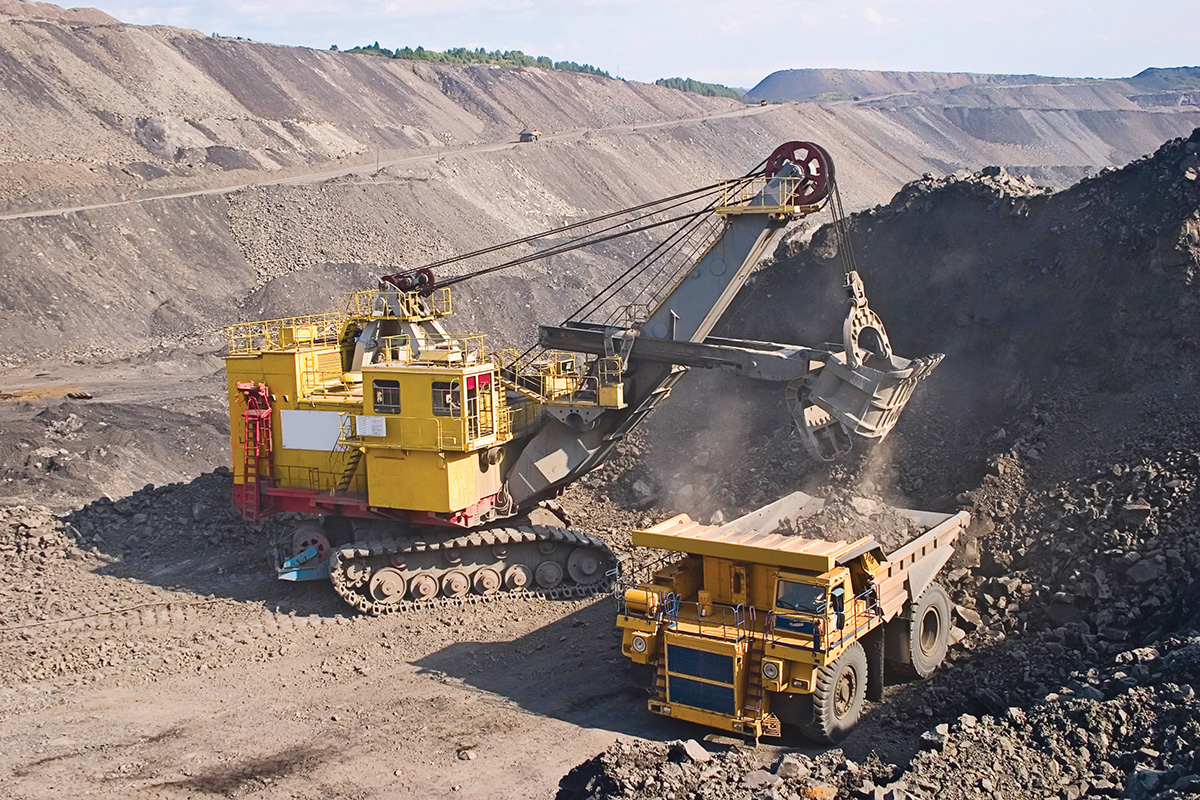
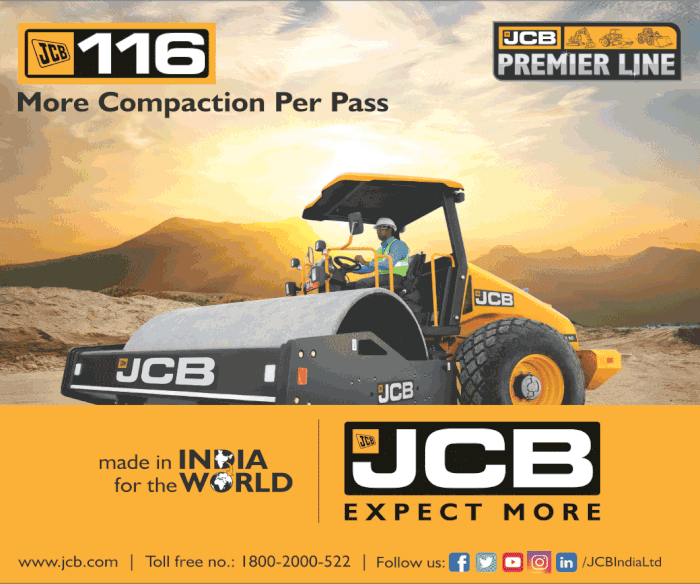
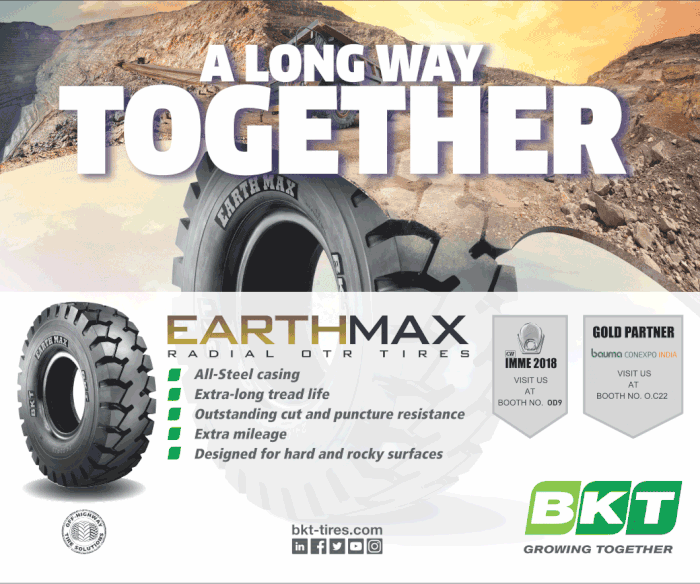
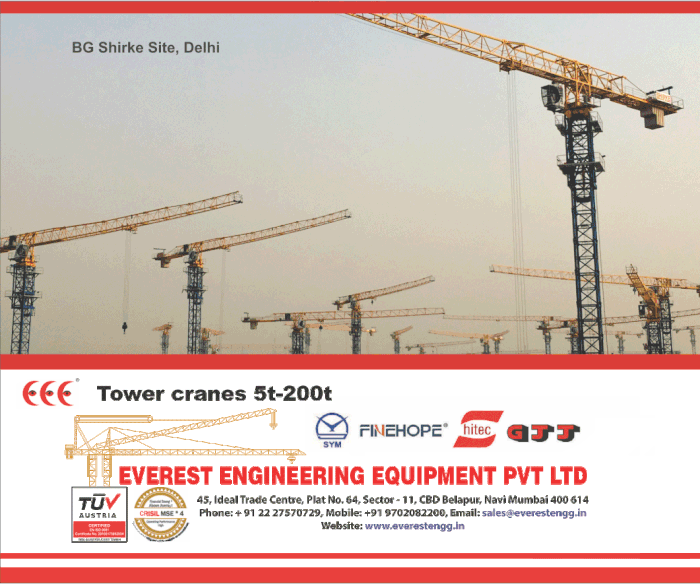
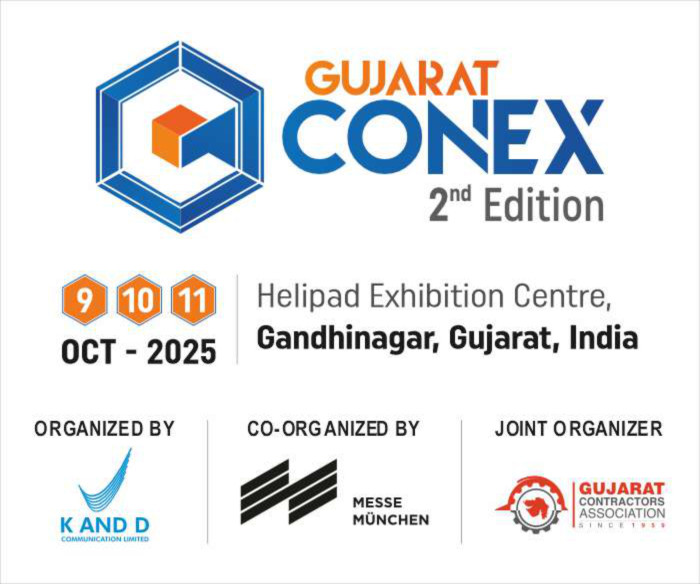
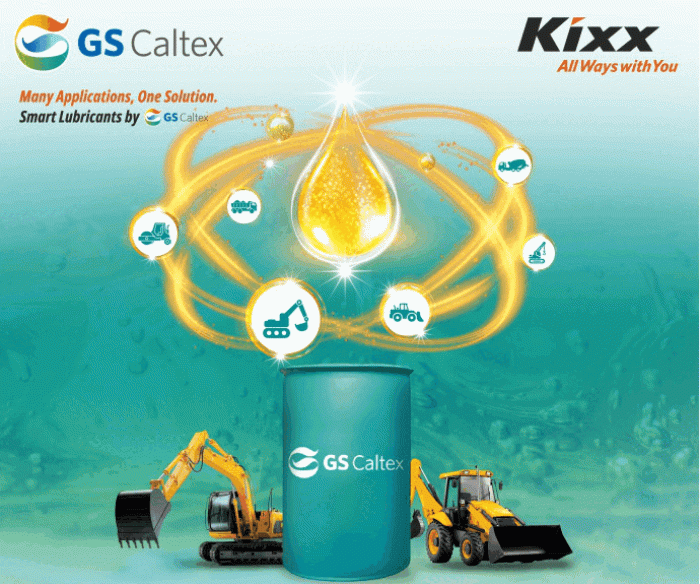
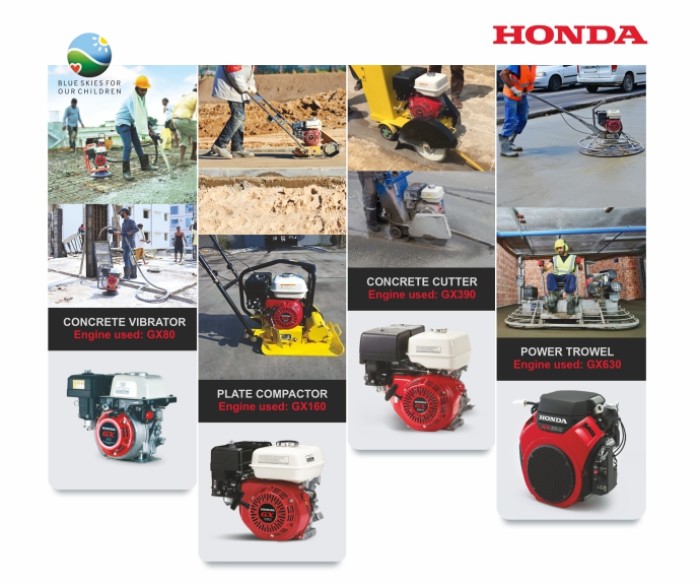
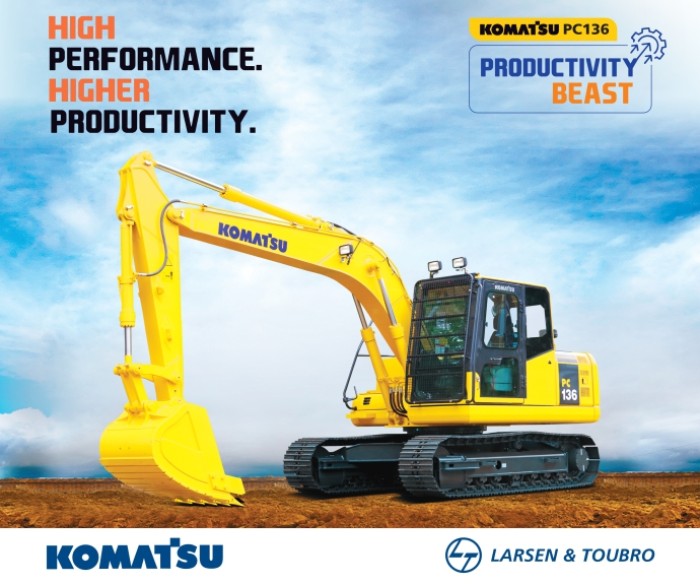
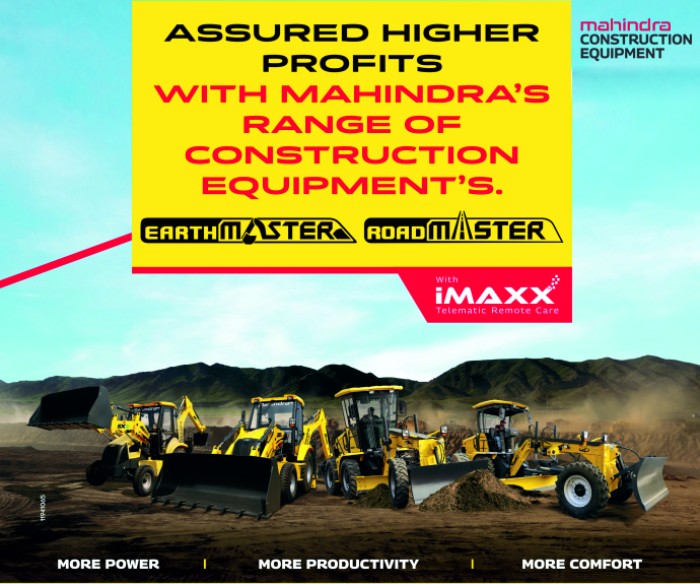
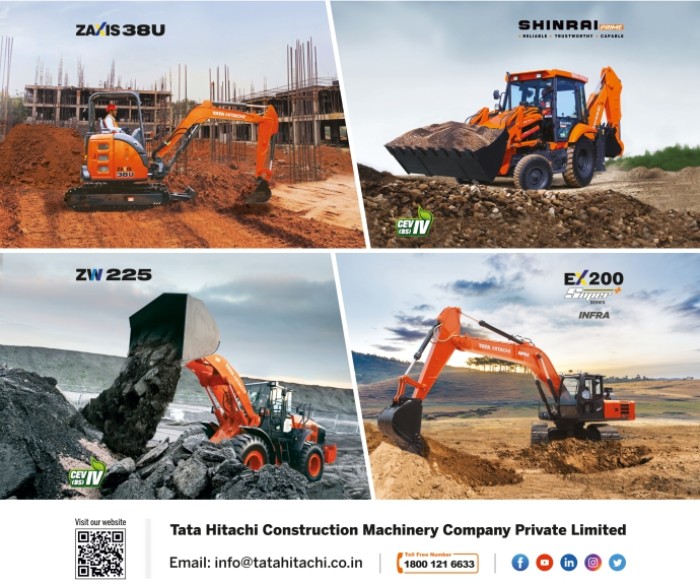



Leave a comment